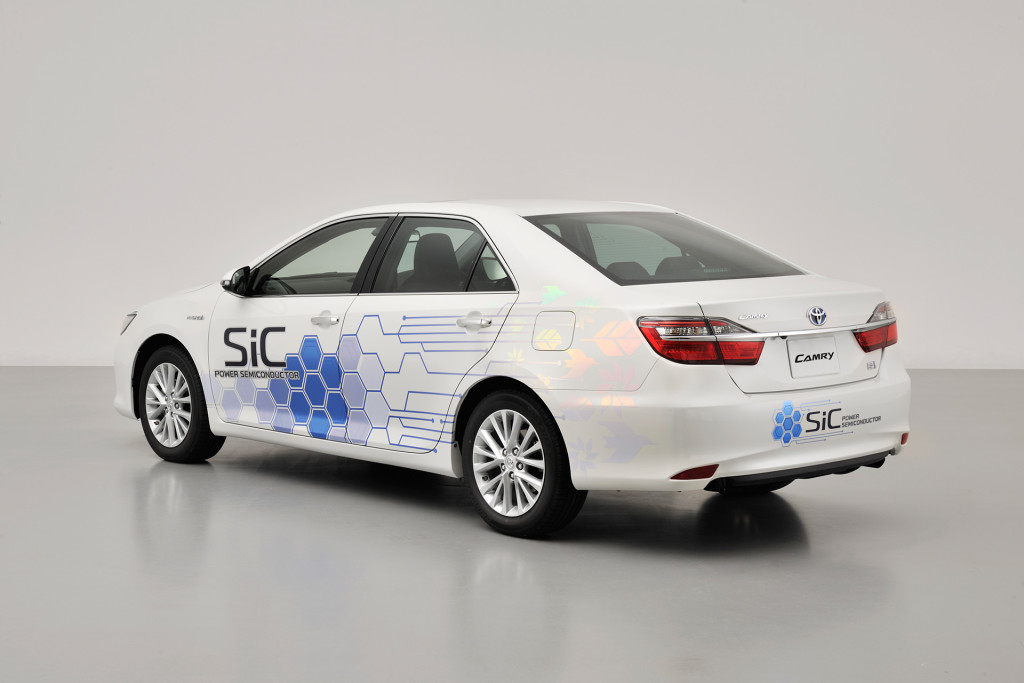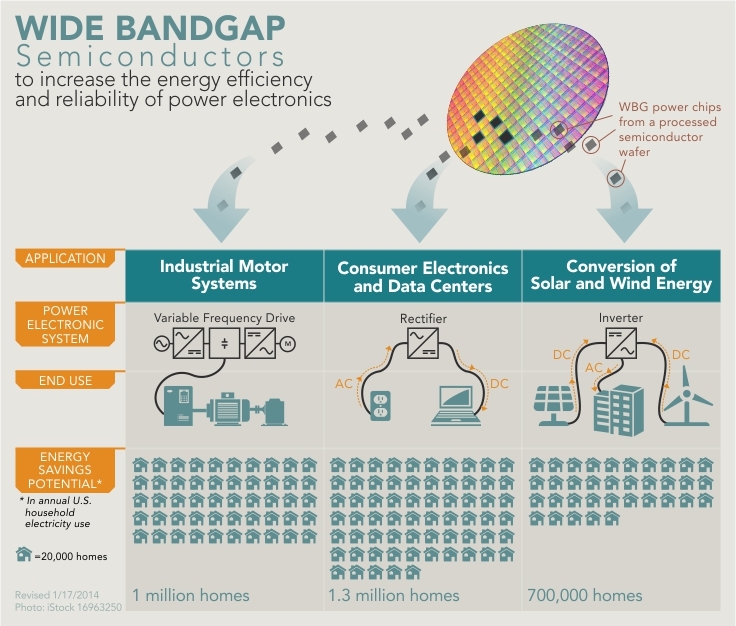Transphorm Inc., and Fujitsu Semiconductor announced today the mass production of GaN power devices.
Fujitsu Semiconductor group’s CMOS-compatible, 150mm wafer fab in Aizu-Wakamatsu, Fukushima, Japan, has started mass production of Gallium Nitride (GaN) power devices for switching applications.
The large-scale facility, which is providing exclusive GaN foundry services for Transphorm, will allow dramatic expansion of Transphorm’s GaN power device business. This stepped up production can satisfy the increasing market demands for GaN devices, thereby enabling the next wave of compact, energy-efficient power conversion systems.
Transphorm has established the industry’s first qualified 600V GaN device platform, backed by its GaN power IP portfolio. The world’s first photovoltaic power conditioner products using the GaN module from Transphorm was launched in January, 2015. Other applications include ultra-small AC adapters, high-density power supplies for PCs, servers and telecom equipment, highly efficient motion control systems, and more.
In 2013, Fujitsu Semiconductor and Transphorm announced the business integration of their GaN power device solutions. Since then, Transphorm’s JEDEC-qualified process has been combined with Fujitsu Semiconductor’s basic technology and ported to the CMOS-compatible, 150mm fab of Aizu Fujitsu Semiconductor Wafer Solution Limited, with key improvements for high-volume, silicon-compatible device manufacturing. The companies have successfully finished the development in Aizu-Wakamatsu and have now started mass production.
“The start of the mass production in a CMOS-compatible fab is a significant step forward toward achieving the widespread use of GaN power devices, as well as a demonstration of the successful integration of both companies’ strengths,” said Haruki Okada, President of Fujitsu Semiconductor. “We will continue to enhance our high-quality manufacturing technology to support the stable supply of the products and bring the new value of GaN power devices to the world.”
“Manufacturing Transphorm’s GaN power devices at the Fujitsu Aizu-Wakamatsu facility will assure our customers a scalable, stable supply of products with the stamp of Fujitsu’s proven, high-quality standard in mass manufacturing,” said Fumihide Esaka, CEO of Transphorm.
“We will continue to expand our GaN power device portfolio with continued partnership with Fujitsu Semiconductor.”
About Transphorm
Transphorm is redefining electric power conversion, providing cost-competitive and easy-to-embed power conversion modules that reduce costly energy loss by more than 50 percent, and simplify the design and manufacturing of motor drives, power supplies and inverters for solar panels and electric vehicles. From material technology and device fabrication to circuit design and module assembly, Transphorm designs and delivers its power conversion devices and modules to meet the needs of global customers, helping them scale quickly and save money. By creating an ecosystem of electrical systems manufacturers powered by Transphorm, the company accelerates the adoption of application-specific power modules and paves the way for the next generation of electrical systems designed for optimal efficiency. To learn more about Transphorm, please visit www.transphormusa.com.
About Fujitsu Semiconductor
Fujitsu Semiconductor Limited designs and manufactures semiconductors, providing highly reliable, optimal solutions and support to meet the varying needs of its customers. Products and services include Customized SoCs (ASICs), Foundry Service, ASSPs, and Ferroelectric RAMs (FRAMs), with wide-ranging expertise focusing on mobile, imaging, automotive and high performance applications. Fujitsu Semiconductor also drives power efficiency and environmental initiatives. Headquartered in Yokohama, it was established as a subsidiary of Fujitsu Limited on March 21, 2008. Through its global sales and development network, with sites in Japan and throughoutAsia, Europe, and the Americas, Fujitsu Semiconductor offers semiconductor solutions to the global marketplace.
For more information, please see: http://jp.fujitsu.com/fsl/en/



